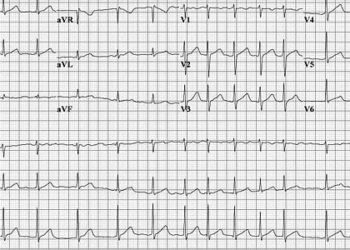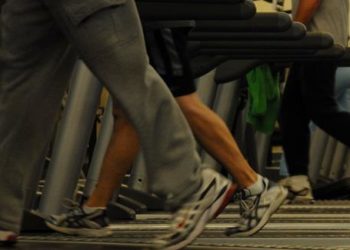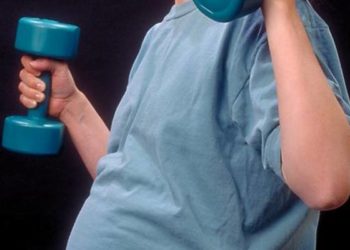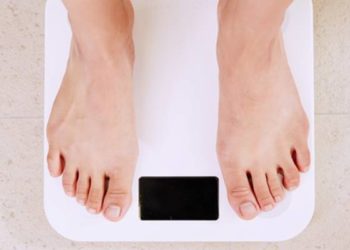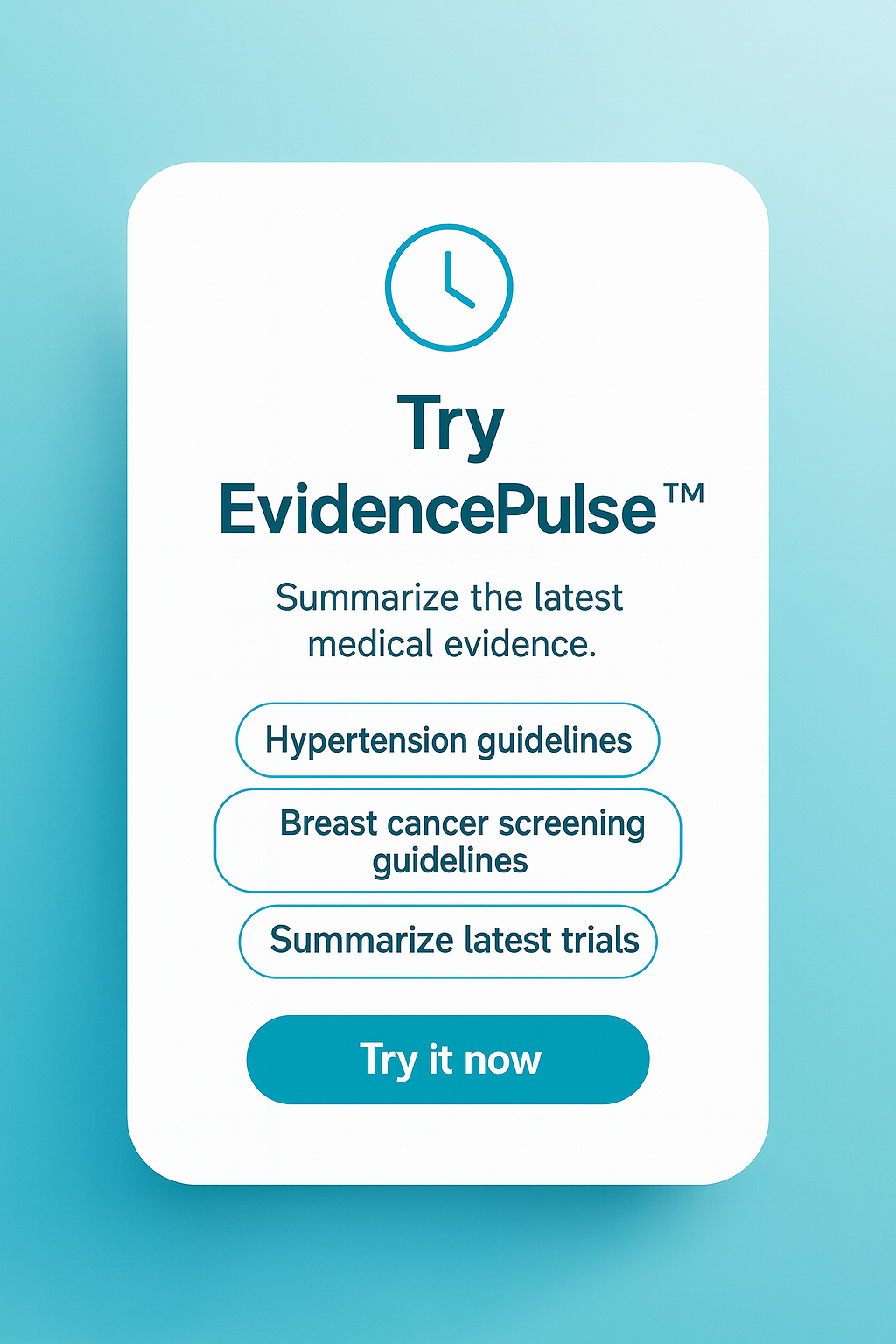Wellness Check: Exercise
1. In this systematic review, concurrent strength and endurance training were just as effective at increasing upper and lower body strength as strength training alone. Additionally, concurrent training was just as effective at increasing endurance capacity as endurance training alone.
2. Furthermore, concurrent strength and endurance running training was more effective at increasing fast-force production than just running training alone.
Evidence Rating Level: 1 (Excellent)
Strength and endurance exercise is necessary for the general population and competitive athletes. It is well-established in the literature that concurrent strength training boosts endurance parameters, but the reverse may be different. Research shows that concurrent training may cause an “interference” effect on neuromuscular strength adaptations. However, this interference effect has only been clearly outlined in males, whereas confounding conclusions exist for females. These puzzling verdicts are accompanied by a lack of factors that may account for these results, such as menstrual hormonal fluctuations or oral contraceptive use. This systematic review aimed to identify the effects of concurrent strength and endurance training on strength and endurance parameters.
Of the 3,065 articles screened, 14 randomized controlled trials were included in the study. Inclusion criteria were peer-reviewed English studies with randomized participants that included females of reproductive age with normal weight or overweight who were completing a ≥ 8 weeks strength and/or endurance training regimen. Exclusion criteria were obesity, male gender, and a lack of strength and endurance parameters. The review was conducted in accordance with PRISMA guidelines. The effects on strength were reported in various ways, but commonly as either maximal strength testing or fast-force production. Effects on endurance were mainly reported as either endurance capacity (VO2 peak/VO2 max) or aerobic capacity (VO2¬ max). The primary outcome measure was changes in these strength or endurance parameters with response to concurrent exercise compared to unimodal training or no training.
The results demonstrated that concurrent strength and endurance training was as effective at increasing maximal strength as strength training alone. Furthermore, fast-force production—rapidly producing muscular force, which is relevant for athletic activities—was greater in females with a concurrent strength and running regimen than in running-only. Similarly, a concurrent training regimen was equally effective at increasing endurance parameters as an endurance-only regimen. However, a strong conclusion regarding the “interference” effect cannot be drawn due to the limited number and low-moderate quality of studies included. Nonetheless, this systematic review provided missing insights on concurrent training in females and revealed the need for more research on this topic.
Low- to moderate-intensity exercise for 1 hour attenuates lipid levels and insulin resistance
1. This randomized controlled trial found that compared to no exercise, low-intensity exercise on a treadmill for 1 hour significantly reduced serum triglyceride levels following a fat-rich meal that was ingested 12 hours post-exercise.
2. Furthermore, when compared to no exercise, moderate-intensity exercise on a treadmill for 1 hour significantly reduced insulin resistance following a fatty-rich meal ingested 12 hours post-exercise.
Evidence Rating Level: 1 (Excellent)
Cardiovascular disease is the leading cause of death worldwide. One of the many factors influencing this complex disease is serum triglyceride clearance. Prolonged triglyceride blood levels have been linked to impaired endothelial function, atherosclerosis, and insulin resistance. High prolonged blood insulin levels cause increased hepatic production of very low-density lipoproteins, increasing plaque deposition in arteries. A single bout of exercise has been found to decrease both post-prandial serum triglyceride and insulin levels. However, the effectiveness of different exercise intensities on this relationship has not been elucidated. Therefore, this randomized control trial aimed to study the effect of different exercise intensities on post-prandial triglyceride levels and insulin resistance in healthy individuals.
Ten healthy males with blood triglyceride levels ≤ 1.69 mmol/L were recruited. First, the VO2 max for each participant was determined. Then, participants underwent three exercise trials by running on a treadmill at 40%, 60%, and 70% of their VO2 max for 1 hour. Each participant additionally had a trial of not exercising, which acted as the control group. Then, 12 hours following an exercise trial, a meal containing 100 grams of fat was ingested. Blood samples were collected before meal ingestion and then 2, 4, 6, 8, and 24 hours following meal ingestion. The primary outcome measures were triglyceride levels and insulin resistance measured based on the Homeostatic Model Assessment for Insulin Resistance (HOMA2-IR). Additionally, the total area under the curve of triglyceride (AUCTG) concentrations was monitored.
The results show that at 2, 4, and 6 hours post-prandially, all three exercise intensities provided lower triglyceride levels compared to the control, but they were not significantly different from one another. Insulin resistance values over an 8-hour period post-ingestion showed that only 60% and 70% VO2 max exercise intensities were significantly lower than the control. However, this study had quite a small and limited sample size of 10 normolipidemic young males. Additionally, low- and high-intensity exercise was completed for the same time period (1 hour), which may make results less applicable to what is capable of the general population. Nonetheless, this study was valuable in outlining the optimal exercise intensity needed to reap cardiovascular benefits related to triglyceride and insulin levels.
Supplemental oxygen impacts the muscular response to exercise in non-hypoxemic COPD patients
1. In this randomized controlled trial, patients who received supplemental oxygen with their combined endurance and strength training routine showed significant increases in peak work rate compared to those who received medical air.
2. Furthermore, those who received supplemental oxygen showed significant increases in total quadriceps femoris cross-sectional area compared to those who received medical air.
Evidence Rating Level: 1 (Excellent)
Chronic pulmonary obstructive disease (COPD) is a lung condition caused by obstruction of small airways and lung parenchymal destruction, leading to shortness of breath and other respiratory symptoms. Aside from the cessation of lung-damaging triggers, improving muscle function and structure is an independent predictor of mortality for COPD patients. The benefit of exercise for COPD patients has been varied, with little to no benefit for some. With hypoxia being a proposed driver of muscle dysfunction in COPD patients, the importance of oxygen therapy during exercise has been questioned to account for these different responses. Furthermore, the use of supplemental oxygen for non-hypoxemic COPD patients may seem redundant. This study aimed to determine if supplemental oxygen significantly impacted peripheral muscle adaptation in non-hypoxemic COPD patients.
This randomized, controlled, double-blind study included 28 patients with non-hypoxemic COPD. Patients above the age of 30, with stable COPD, and a forced expiratory volume in 1 second (FEV1) between 30-60% were included. Any patients with comorbidities that would impair exercise were excluded. Patients were randomized to receive supplemental oxygen or medical air and then subjected to a 6-week combined endurance and strength training routine. Functional capacity was measured with ECG-monitored incremental cardiopulmonary exercise testing, while muscle cross-sectional area was measured using MRI images of the quadriceps femoris muscle. The primary outcome measures were functional capacity, expressed as peak work rate, and quadriceps femoris muscle cross-sectional area.
The results demonstrated that even though both patients randomized to supplemental oxygen and medical air improved from their baseline, supplemental oxygen patients had a significantly increased peak work rate. Concerning structural muscle adaptations, the quadriceps femoris cross-sectional area significantly increased in COPD patients using supplemental oxygen, whereas this was not the case for patients training with medical air. However, due to the already-present high heterogeneity of exercise response in COPD patients, the small sample size of this study may not currently allow for strong conclusions regarding COPD exercise prescription. Nonetheless, this study was the first to explore and elucidate a relationship between supplemental oxygen for exercising, non-hypoxemic COPD patients, and muscular adaptions.
Image: PD
©2023 2 Minute Medicine, Inc. All rights reserved. No works may be reproduced without expressed written consent from 2 Minute Medicine, Inc. Inquire about licensing here. No article should be construed as medical advice and is not intended as such by the authors or by 2 Minute Medicine, Inc.

